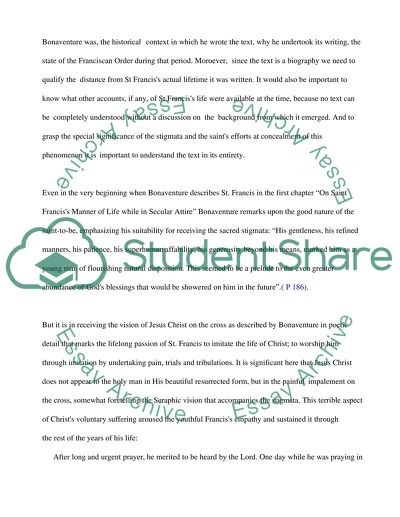Cite this document
(“St. Francis Essay Example | Topics and Well Written Essays - 2000 words”, n.d.)
Retrieved from https://studentshare.org/miscellaneous/1506130-st-francis
Retrieved from https://studentshare.org/miscellaneous/1506130-st-francis
(St. Francis Essay Example | Topics and Well Written Essays - 2000 Words)
https://studentshare.org/miscellaneous/1506130-st-francis.
https://studentshare.org/miscellaneous/1506130-st-francis.
“St. Francis Essay Example | Topics and Well Written Essays - 2000 Words”, n.d. https://studentshare.org/miscellaneous/1506130-st-francis.


